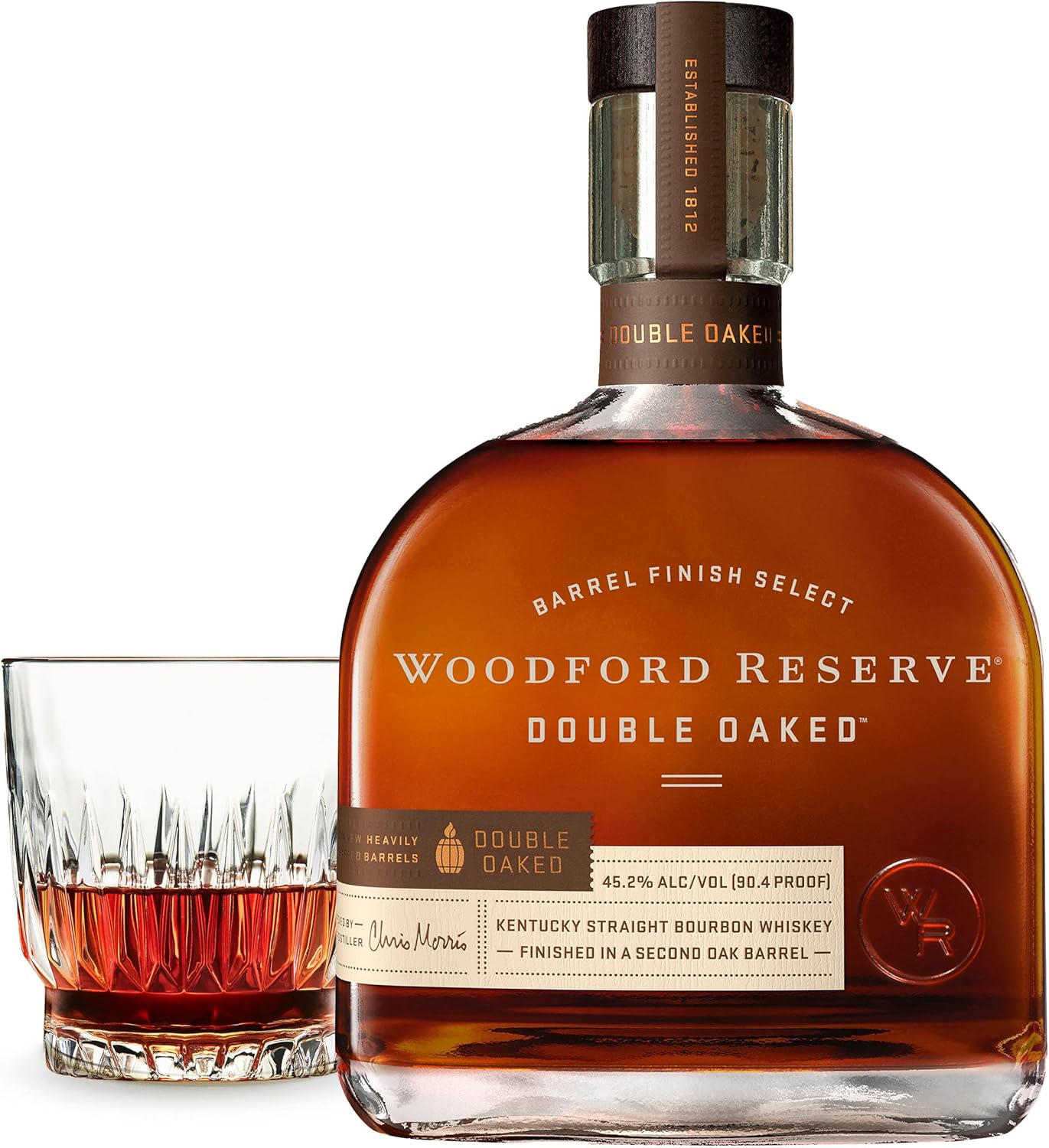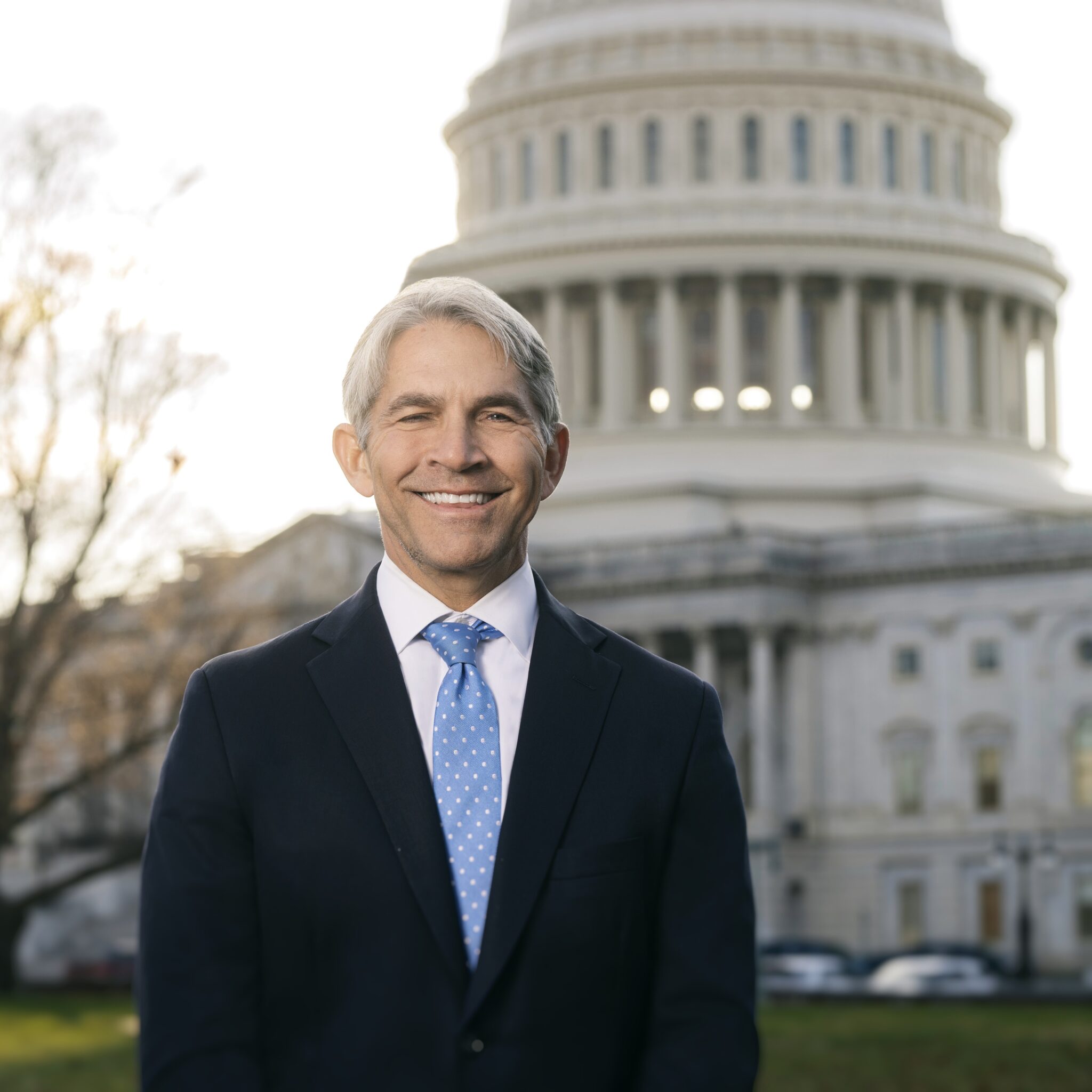For decades, India’s whisky shelves have been defined by two towering forces, the global prestige of Scotch, and the deep cultural entrenchment of Indian-Made Foreign Liquor (IMFL), particularly molasses-based blends that dominate both volume and price. Now, a new challenger is attempting to elbow its way into this complex landscape and that is American bourbon whiskey.
Once a niche curiosity in India, bourbon is suddenly gaining visibility in premium bars, luxury retail, cocktail menus and pop-ups and riding into the country backed by some of the biggest names in U.S. spirits. Kentucky wants a piece of the world’s fastest-growing major spirits market. And it is making slow but steady inroads.

The momentum has been building for months. Visits by American distillers, trade delegations showcasing heritage brands, and the arrival of flagship labels like Buffalo Trace, Jack Daniel’s variants, Woodford Reserve, Maker’s Mark, Wild Turkey and Four Roses all point to a coordinated attempt to increase bourbon’s share in India’s premium and super-premium whisky categories. But as seductive as the vanilla-oak sweetness of a Kentucky straight bourbon may be, India is not an easy market which is dominated by consumer habits, pricing and tradition, besides, the entrenched Scotch loyalty.
A Market Too Big to Ignore
India today is the world’s largest whisky-drinking nation, and also one of the most price-sensitive. While IMFL blends make up over 95% of whisky volumes, the premiumisation wave of the past decade has changed the shape of demand. Consumers aged 25–45, urban, aspirational and globally exposed are tasting more imported spirits than ever before, and whisky curiosities like rye, Japanese blends and American craft bourbons are beginning to take shape.
For American distillers staring at plateauing growth in mature Western markets, India is irresistible. The premium whisky segment is projected to grow at double-digit CAGR through 2030, according to industry trackers. The removal of certain trade bottlenecks and the ongoing U.S–India trade dialogues have further encouraged bourbon makers to invest in brand-building.
India in February this year agreed to reduce tariffs on bourbon imports from 150% to 100%, potentially boosting access to the world’s largest whiskey market where American whiskey exports currently reach just $8.8 million annually. India has historically been just the 23rd largest export destination for American whiskey.

The tariff reduction represents a significant shift in India’s approach to American whiskey imports. Chris Swonger, president and CEO of the Distilled Spirits Council of the United States, called it “a significant accomplishment” that opens opportunities in the world’s largest whiskey market.
India has a deep affinity for whisky. Consumers are whisky-literate, status-driven in their alcohol choices and increasingly adventurous. This is the perfect testing ground for bourbon’s globally rising cool factor, its American energy, its cocktail versatility, and its flavour-forward profile.
The Scotch Stronghold
American bourbon enters India knowing it must first battle Scotch, which commands unmatched prestige, heritage and emotional attachment. Scotch whisky isn’t merely a drink here; it is a status symbol, a gifting trend, and of sophistication. The long arc of brands like Johnnie Walker, Chivas, Glenfiddich and The Glenlivet has entrenched Scotch as the aspirational upgrade from IMFL.
Even as India’s younger consumers explore craft spirits, they respect age statements, distillery stories, terroir and Single Malt legacy, all Scotch strengths. The messages of “150 years of tradition”, “Highlands purity”, or “aged 12 years in oak casks” carry powerful messaging. Bourbon, by contrast, is sometimes perceived as sweeter, less serious, or cocktail-centric, a perception U.S. distillers must educate to overturn.
Scotch also benefits from early-mover advantage, decades of nationwide distribution, established relationships with state corporations, and robust marketing investments. The brand-building groundwork is deep. Any bourbon brand entering India faces a steep climb to catch up. In figures, India’s Scotch Whisky market was valued at USD 3.8 Billion in 2024 and is expected to reach USD 6.8 Billion by 2033, at a CAGR of 6.3% during the forecast period 2024–2033.
IMFL’s Price Positioning
If Scotch is the psychological competitor, IMFL is the economic one. Indian molasses-based whisky blends dominate the market because they are dramatically cheaper, widely available, locally manufactured, and tax-advantaged. The average Indian whisky drinker still buys in the ₹400–₹1,000 band, a range bourbon simply cannot match due to import duties that can exceed 150% by the time a bottle hits shelves.
Even premium Indian Single Malt offerings, like Amrut, Paul John’s entry expressions, or homegrown malt blends, are priced to undercut imports. For many consumers, bourbon therefore becomes an occasional indulgence, not a weekly staple. In value-driven markets like Maharashtra, UP, Karnataka and Telangana, IMFL’s lead remains unshakeable.
This price barrier is why bourbon’s India play is, for now, almost entirely focused on the top 10% of consumers, affluent urban buyers who don’t mind paying ₹3,000–₹8,000 for a bottle, and cocktail-bar patrons who are willing to explore American whiskey in Old Fashioneds or Manhattans.
What Makes Bourbon Bourbon?
If bourbon is to carve out meaningful mindshare, it must first educate India on what makes it unique. Bourbon is not just another whisky. It carries a strict legal definition, and those rules shape its flavour profile in ways that distinguish it sharply from Scotch.
Made in the United States
While it is often associated with Kentucky, bourbon can legally be made anywhere in the U.S., though 95% of all bourbon comes from Kentucky.
At Least 51% Corn in the Mash Bill
Corn gives bourbon its trademark sweetness, roundness and caramel-vanilla warmth, a stark contrast to Scotch’s barley-led dryness.
Aged in New Charred American Oak
Unlike Scotch, which is typically aged in used barrels — many from the bourbon industry itself, bourbon must use brand new charred oak barrels. This imparts notes of toasted coconut and baking spices; richer caramelisation; deeper amber colour; and intensified wood sugars. For Indian palates accustomed to sweeter, smoother profiles, these flavours can actually be an asset.
No Additives Allowed
American law prohibits colouring or flavouring in bourbon. Scotch allows E150a caramel colouring; Indian whisky allows far more flexibility. Bourbon’s purity is a strong sell for authenticity-driven consumers.
“Straight Bourbon” Means Minimum Two Years
If it’s labelled “Straight Bourbon”, it has been aged for at least two years, but most premium bourbons spend 4–12 years quietly maturing. Together, these features give bourbon its recognisable sensory fingerprint: vanilla, honey, butterscotch, toasted oak, cinnamon, toffee, and sometimes a floral corn sweetness.
For India, where softer and slightly sweet whiskies are preferred by a majority of drinkers, bourbon’s flavour DNA may actually find a natural fit.
The Cocktail Boom
Urban India is undergoing a renaissance in mixology. Bars in Mumbai, Delhi and Bengaluru are listed in Asia’s 50 Best. Bartenders love bourbon because it is robust yet approachable, works beautifully in classics and modern cocktails, and allows layered flavours. This bar-community endorsement is accelerating awareness.
India’s premium whisky drinkers are moving from labels to liquids, increasingly choosing by taste, craft and authenticity rather than brand prestige alone. Bourbon’s craft narratives resonate here.
With a huge market here, U.S. distilleries are investing in India-specific expressions; trade activations; bar takeovers; immersive pop-ups; collaborations with Indian chefs and curated tasting experiences. This level of commitment signals that bourbon is here for the long game.
Despite the slow entry, bourbon must navigate several structural challenges. Even with ongoing trade discussions, bourbon remains expensive. A proposed reduction is years away. India’s state-controlled liquor system imposes different duties, rules, and registration fees across states. Scaling is slow and expensive.
The premium whisky shelf in India is already busy, Scotch single malts, blended malts, Japanese whiskies, Irish expressions, and homegrown craft malts all jostle for attention. Many Indian consumers still confuse bourbon with Tennessee whiskey, American blends or even rum. Clear education is essential.
The Battle Ahead
Bourbon will not overthrow Scotch or IMFL in the short term. The Indian market is too complex, price-sensitive and brand-loyal. But bourbon doesn’t need to win the mass market to succeed, it needs to win the enthusiasts, the urban explorers and the bar crowd. In these circles, bourbon has chances of gaining ground.
As more brands enter, more tastings happen, more cocktail culture spreads, and more retail visibility builds, India could become bourbon’s most important Asian growth market after Japan and South Korea. The process will take patience, time and slow maturity.
